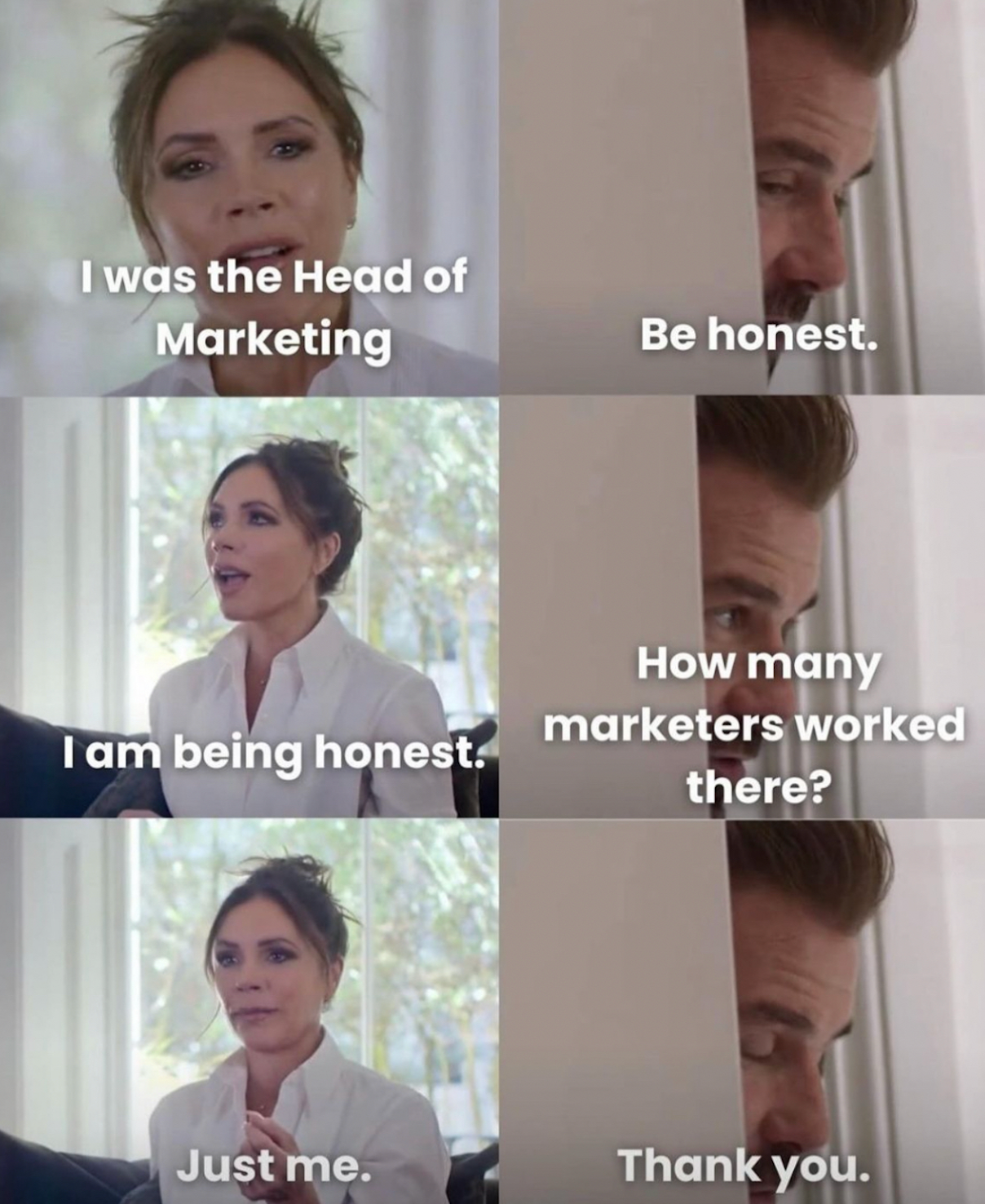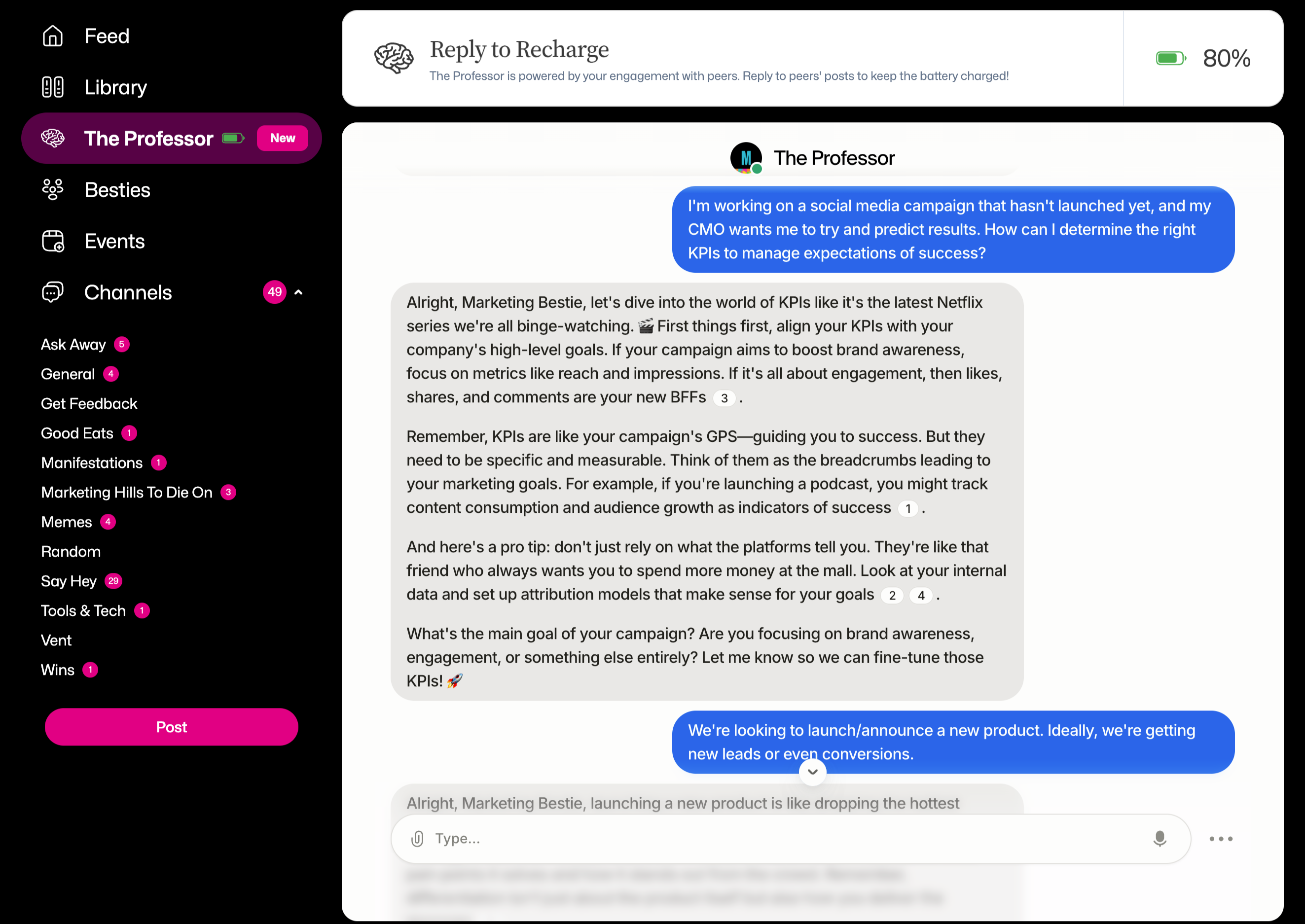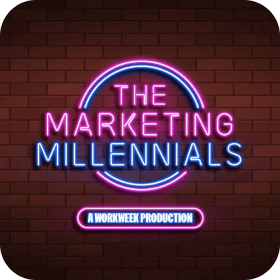4 Copywriting Laws I’ll Never Unlearn
I’ve read a lot of copywriting books.
But, these 4 tips from Schwartz, Ogilvy, Kennedy, and Handley are burned into my brain.
They’ve changed the way I write forever.
Headlines. Hooks. CTAs.
All sharper because of these.
Here they are:
1️⃣. “Your first line is the most important line.”
– Eugene Schwartz, Breakthrough Advertising
Schwartz wasn’t talking about intros.
He was talking about hooks that hijack attention.
He believed that you can’t create desire. You can only tap into what already exists in the reader’s mind.
And the first line?
That’s where you either prove you get them… or lose them.
His exact advice:
“You do not create desire for your product. You channel existing desires… and you do it in your very first sentence.”
Translation:
If line 1 doesn’t feel deeply personal, they’ll scroll. Bounce. Delete.
Doesn’t matter how good the rest is. They’ll never see it.
How to use this in your own copywriting:
1️⃣. Start mid-thought. Mid-problem. Mid-pain.
Level up your marketing game
Zero BS. Just fun, unfiltered, industry insights with the game-changers behind some of the coolest companies from around the globe.
No spam. Unsubscribe any time.
This isn’t the time to “set the scene.”
It’s the time to drop them into the middle of the movie.
Examples:
“You already know the campaign isn’t working.”
“Your boss doesn’t want more data. They want results.”
“It’s 2AM. Your brain won’t shut off. And, you still have to pitch at 9.”
2️⃣. Delete your first line and rewrite it 3 times.
Seriously. The best hooks come after a few bad ones.
Write fast. Edit in force.
3️⃣. Use this cheat code:
Write the second line first. Then backtrack and ask:
“What would force someone to keep reading to get to that?”
That’s your new first line.
2️⃣. “On the average, five times as many people read the headline as read the body copy.”
– David Ogilvy, Ogilvy on Advertising
Ogilvy is not exaggerating.
Your headline is the make-or-break moment.
If it sucks, nothing else matters.
You could have the greatest copy of your life waiting below.
But, if the headline flops, no one sticks around to read it.
Ogilvy wrote:
“When you have written your headline, you have spent eighty cents out of your dollar.”
Translation:
The headline is the ad.
Everything else is just backup vocals.
This applies to:
– Emails
– Ads
– Social posts
– Landing pages
– Literally everything
How to use this in your own copywriting:
1️⃣. Spend more time writing your headline than your body copy.
Write 10–20 headline options.
Only keep the ones that:
– Create curiosity
– Promise a result
– Hit a pain point
– Call out the right person
– Or make you pause
2️⃣. Use this mini checklist:
Does your headline…
– Make me feel something?
– Sound like something I’d say out loud?
– Give me a reason to keep reading now?
3️⃣. Don’t be afraid to be weird, punchy, or blunt.
You’re not trying to please everyone.
You’re trying to stop the right person mid-scroll.
3️⃣. “Write like you talk.”
— Ann Handley, Everybody Writes
Most marketers turn into robots the second they start typing.
You’ve seen it:
“We leverage data-driven strategies to deliver scalable solutions.”
Give me a break. No one talks like that!!!!
Ann’s saying: If it wouldn’t come out of your mouth, don’t put it on the page.
Because good writing isn’t about sounding smart. It’s about sounding real.
How to use this in your own copywriting:
1️⃣. Pretend you’re texting your group text of your audience.
Would you actually send them this sentence?
If not, rewrite it.
2️⃣. Use contractions.
Say we’re, you’ll, it’s, they’re.
It’s how we talk. It’s how people read.
3️⃣. Swap jargon for real words.
– “Utilize” → “Use”
– “Leverage” → “Get the most out of”
– “Optimize” → “Fix” / “Change”
4️⃣. “The confused mind doesn’t buy.”
– Dan Kennedy, The Ultimate Sales Letter
Dan didn’t sugarcoat this.
He knew attention is fragile, and clarity is currency.
If your message is even a little foggy…
If the offer isn’t clear…
If the next step isn’t obvious…
💨 Your reader’s gone.
He famously said: “A confused prospect will always say no.”
Not because they’re not interested.
But because their brain says:
“I don’t get it, so I don’t trust it.”
How to use this in your own copywriting:
1️⃣. 1 page. 1 purpose.
Your email shouldn’t try to get them to read your blog, check out your product, AND sign up for a virtual.
Pick one. Drive to it. Kill the rest.
2️⃣. 1 idea per sentence.
If you’re cramming 3 thoughts into 1 line, break it up.
Short copy isn’t about word count.
It’s about clarity.
3️⃣. 1 clear CTA.
No “Learn More,” “Check It Out,” or “Click Here” without context.
Say exactly what happens when they click.
“Book your free 15-min call.”
“Get the playbook now.”
“See how it works.”
MEME OF THE WEEK




